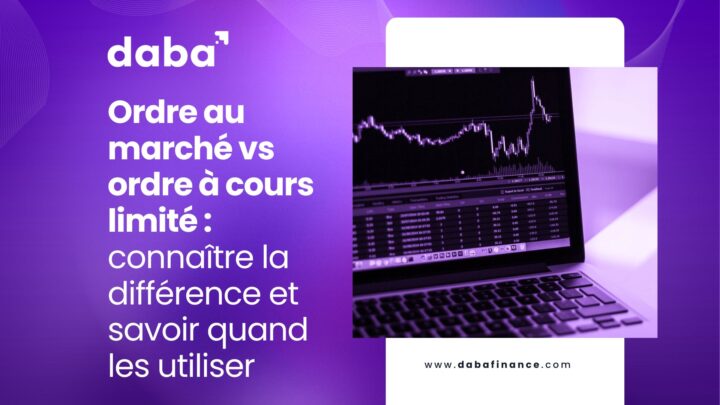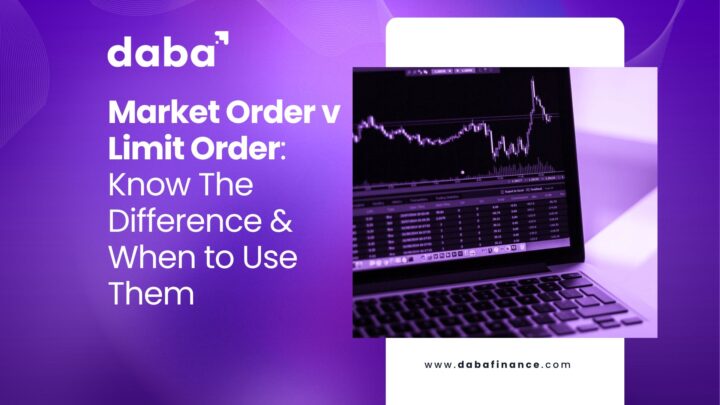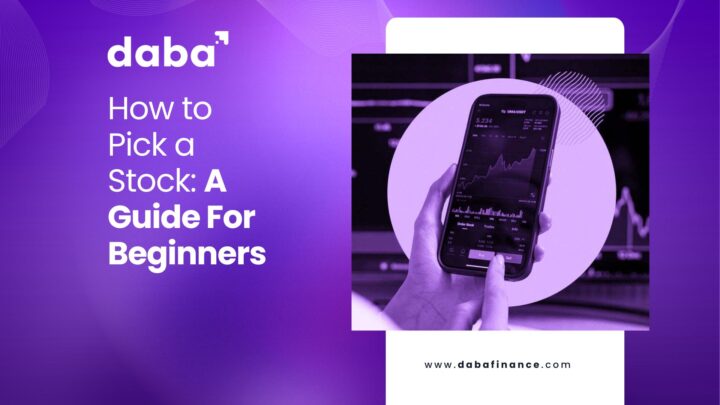Africa’s mix of diverse economies, resources, and young population presents a compelling case for investors looking to diversify their portfolios.
Investing in Africa offers a unique opportunity to tap into one of the world’s most dynamic and rapidly growing regions.
With its diverse economies, abundant natural resources, and young, entrepreneurial population, Africa presents a compelling case for investors looking to diversify their portfolios and achieve significant returns.
Here’s a guide on how to start investing in Africa, tailored to help you navigate this exciting market.
Understand the African Market Landscape
Before diving into investments, it’s essential to understand the African market landscape. Africa comprises 54 countries, each with its own economic environment, regulatory framework, and investment opportunities. Key factors to consider include:
Economic Growth: Many African countries are experiencing robust economic growth driven by sectors such as technology, agriculture, and natural resources.
Demographics: Africa has a young and rapidly growing population, which is driving demand for goods and services.
Urbanization: Increasing urbanization is creating new investment opportunities in real estate, infrastructure, and consumer goods.
Technological Adoption: Rapid technological adoption, particularly mobile technology, is transforming industries and opening up new markets.
Also Read: African Economic Outlook 2024: Resilience and Opportunities for Investors
Identify Investment Opportunities
Africa offers a wide range of investment opportunities across various sectors. Some of the most promising sectors include:
Technology: African tech startups are attracting significant investment, particularly in fintech, e-commerce, and health tech.
Agriculture: Agriculture remains a cornerstone of many African economies, with opportunities in production, processing, and agritech.
Natural Resources: Africa is rich in natural resources, including minerals, oil, and gas, offering opportunities for investors in mining and energy.
Real Estate: The growing demand for housing, commercial properties, and infrastructure presents numerous opportunities in the real estate sector.
Consumer Goods: The expanding middle class is driving demand for consumer goods and services, creating opportunities in retail, food and beverages, and fast-moving consumer goods (FMCG).
Also Read: From Food to Tech: Where to Invest in Africa in 2024
Choose the Right Investment Vehicle
There are several ways to invest in Africa, each with its own risk and return profile. Here are some of the common investment vehicles:
Stocks: Investing in publicly traded companies listed on African stock exchanges is a straightforward way to gain exposure to the market. Countries like Nigeria, Kenya, and South Africa as well as the WAEMU zone have well-established stock exchanges.
Exchange-Traded Funds (ETFs): ETFs that focus on African markets provide diversified exposure and are an easy way to invest in a basket of African stocks.
Mutual Funds: Mutual funds that invest in African markets offer professional management and diversification.
Private Equity: For investors with a higher risk tolerance, private equity offers the opportunity to invest in privately held companies, often with the potential for significant returns.
Venture Capital: Investing in African startups through venture capital can yield high returns, particularly in the tech sector.
Also Read: What Are Stocks and Why Should You Invest in Them?
Research and Due Diligence
Thorough research and due diligence are critical when investing in Africa. Here are some steps to follow:
Market Analysis: Understand the economic and political environment of the country you are investing in. Look for stable economies with favorable investment climates.
Sector Research: Identify sectors with strong growth potential and favorable conditions for investment.
Company Evaluation: For stock investments, analyze the financial health, management team, and competitive position of the companies you are considering.
Regulatory Compliance: Ensure that your investments comply with local regulations and are protected under the law.
Leverage Investment Platforms
Using a reliable investment platform can simplify the process of investing in Africa. The Daba app is a unified investment platform designed to help investors navigate the African market. Here’s how Daba can assist you:
Access to Verified Investments: Daba provides access to a curated list of high-potential stocks, startups, and investment funds in Africa.
Detailed Analytics: The platform offers comprehensive insights and analytics to help you make informed investment decisions.
Diverse Investment Options: From stocks to venture capital, Daba offers a range of investment options to suit different risk profiles and investment goals.
Expert Guidance: Daba Pro provides premium services, including market analysis, stock recommendations, and investment strategies from industry experts.
Also Read: How to Invest in African Stock Markets
Start Small and Diversify
When starting to invest in Africa, it’s wise to begin with a small investment and gradually increase your exposure as you gain more confidence and understanding of the market.
Diversification is key to managing risk. Spread your investments across different sectors and countries to mitigate the impact of any single market fluctuation.
Monitor Your Investments
Regularly monitoring your investments is crucial to ensure they are performing as expected and to make timely adjustments.
Use the Daba app to track your portfolio, access real-time market data, and receive updates on market trends and investment opportunities.
Understand the Risks
Investing in Africa, like any investment, comes with risks. These include political instability, currency fluctuations, and economic volatility. It’s important to understand these risks and develop strategies to mitigate them.
Diversifying your investments, staying informed about political and economic developments, and using tools like Daba Pro can help manage these risks.
Seek Professional Advice
If you are new to investing or unfamiliar with the African market, seeking professional advice can be invaluable.
Financial advisors and investment experts can provide insights and strategies tailored to your investment goals and risk tolerance.
Also Read: Why Invest in Africa?
Conclusion
Investing in Africa offers a unique opportunity to participate in the continent’s growth story and achieve significant returns.
By understanding the market landscape, identifying promising sectors, choosing the right investment vehicles, and leveraging platforms like Daba, you can navigate the complexities of investing in Africa with confidence.
Whether you are looking to invest in stocks, venture capital, or other opportunities, Daba provides the tools and insights you need to make informed decisions.
Visit our platform to explore investment options, access expert guidance with Daba Pro, and take advantage of the dynamic opportunities in Africa’s investment landscape.




